The Potential Bias of Urbanization in Global Temperature Measurements
Simply put
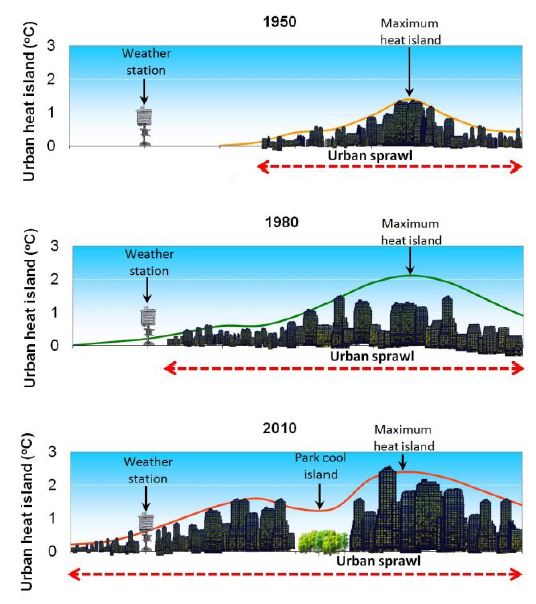
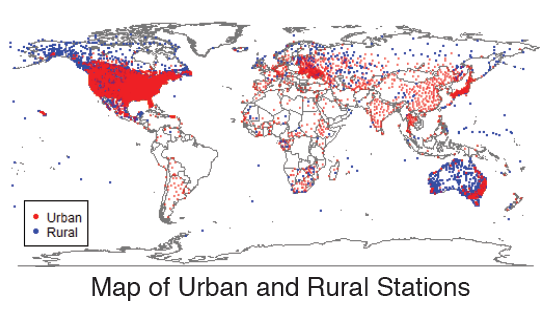
This is an official recording station that has never been moved. Instead, urban stuff got built around it:
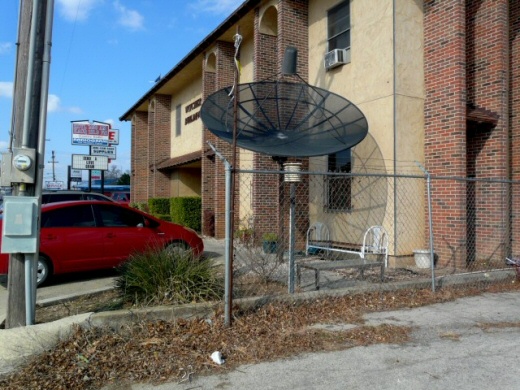
Can you Guess when the building and parking lot appeared?
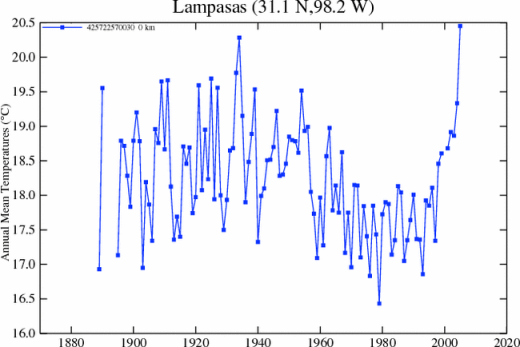 


This is very difficult to due in any kind of reliably manner and there is much literature suggesting the current corrections is too small and therefore urbanization is the main cause of the observed "warming". There are other studies that show little or no effect. This is hard to believe. It is possible to remove that bias if you have a good baseline of urban vs rural data:
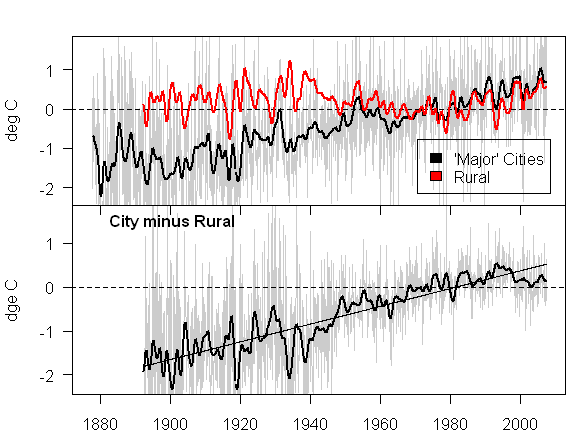
The scientific issue, however, is how accurate is this baseline comparision? At the moment there are many different techniques being employed to determine the urbanization bias, but there is no wide spread agreement (yet) on the best methodology for determining the amplitude of this potential bias.
Here are two other raw examples that show the potential effects of urbanization on temperature data:
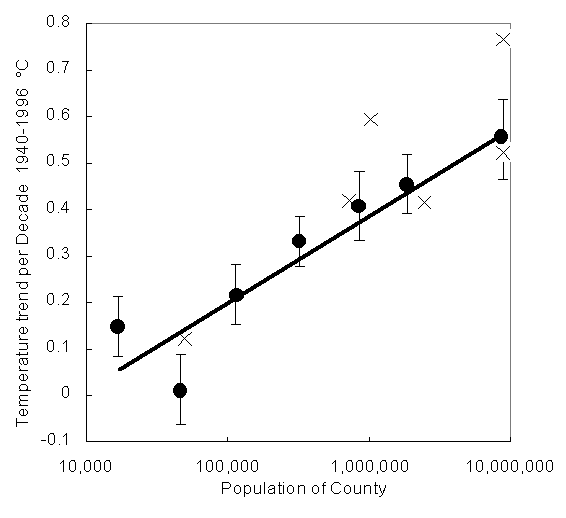
|

 if there is an increasing tendency for thermometers
to be in close proximity to concrete and asphalt, then they will read systematically
higher.
if there is an increasing tendency for thermometers
to be in close proximity to concrete and asphalt, then they will read systematically
higher.
